Grape Variety
Sacy
"sa-see"
Wine Styles
 Sparkling
Sparkling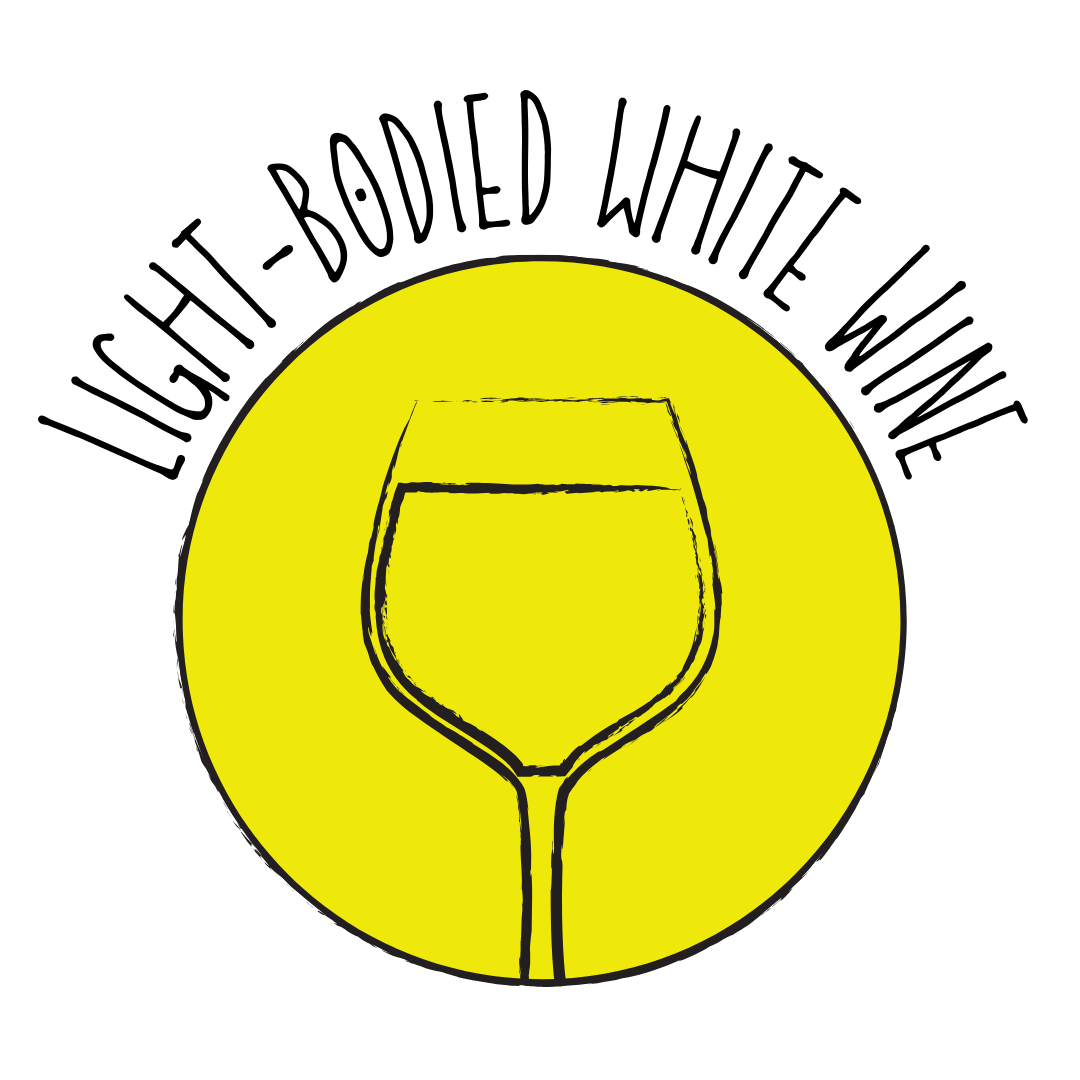 Light White
Light White Full White
Full White Aromatic
Aromatic Rosé
Rosé Light Red
Light Red Medium Red
Medium Red Full Red
Full Red Dessert
DessertAbout Sacy
Origin
Burgundy, France
History
Sacy is an ancient white grape variety native to Burgundy, France. It is believed to be a cross between Pinot and Gouais Blanc, making it a sibling to several notable grape varieties. Historically, Sacy was prized for its high yields and acidity, making it suitable for bulk wine production. However, its cultivation has significantly declined over the years, with plantings reducing from 655 hectares in 1958 to under 50 hectares in recent times. Today, it is primarily grown in the Yonne department of Burgundy and the Allier department, particularly in the Saint-Pourçain region, where it is known as Tressalier.
Appearance
Small, round berries with a greenish-yellow hue, growing in compact clusters.
Growing Traits
Sacy is a vigorous and fertile variety, often pruned long but can also be pruned short. It ripens early and is known for its high yields. The grape is not particularly susceptible to diseases, making it relatively easy to cultivate. Its high acidity and low alcohol potential make it suitable for producing base wines for sparkling wines.
Wine Characteristics
Body
1/5
Sweetness
1/5
Tannin
0/5
Acidity
4/5
Alcohol
2/5
Light-bodied with a crisp and refreshing profile, often contributing to the vivacity of blended wines. Typically vinified dry, though it can be used in the production of sparkling wines where dosage may influence sweetness. Negligible tannin levels, as it is a white grape variety used in white wine production. High acidity, providing freshness and making it suitable for sparkling wine production. Generally low to moderate alcohol content, often around 10-12%, depending on the winemaking style.
Taste Profile
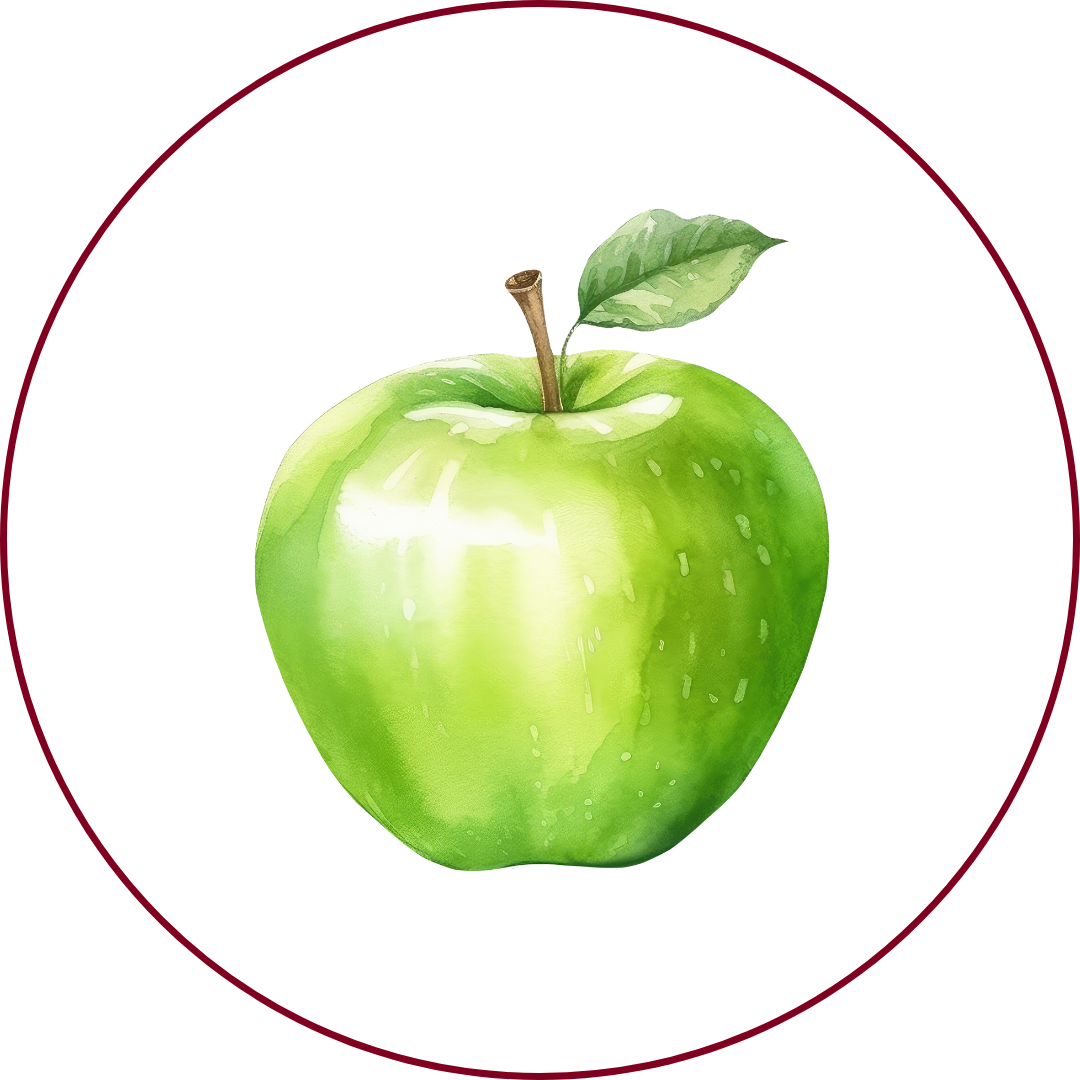
Green apple
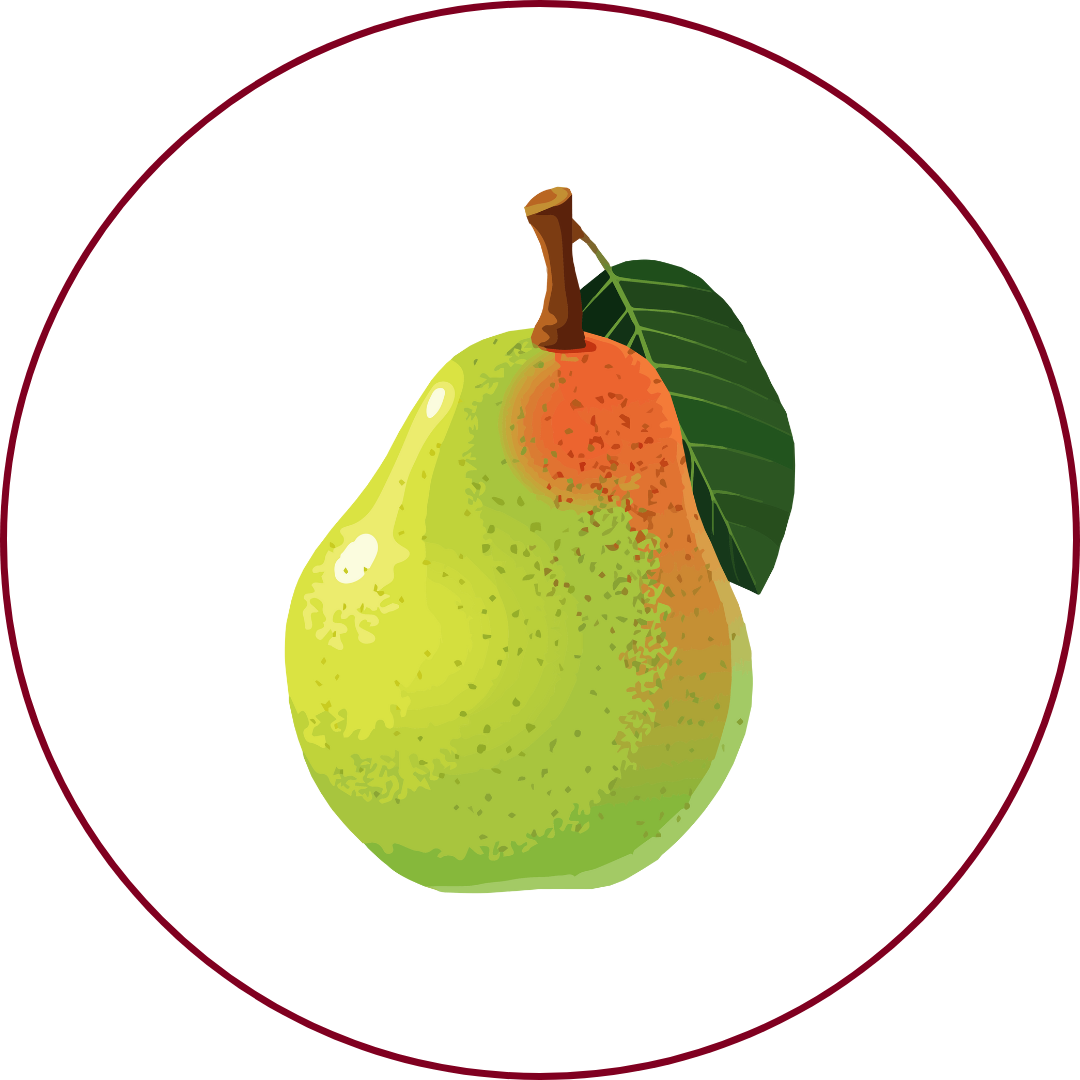
Pear
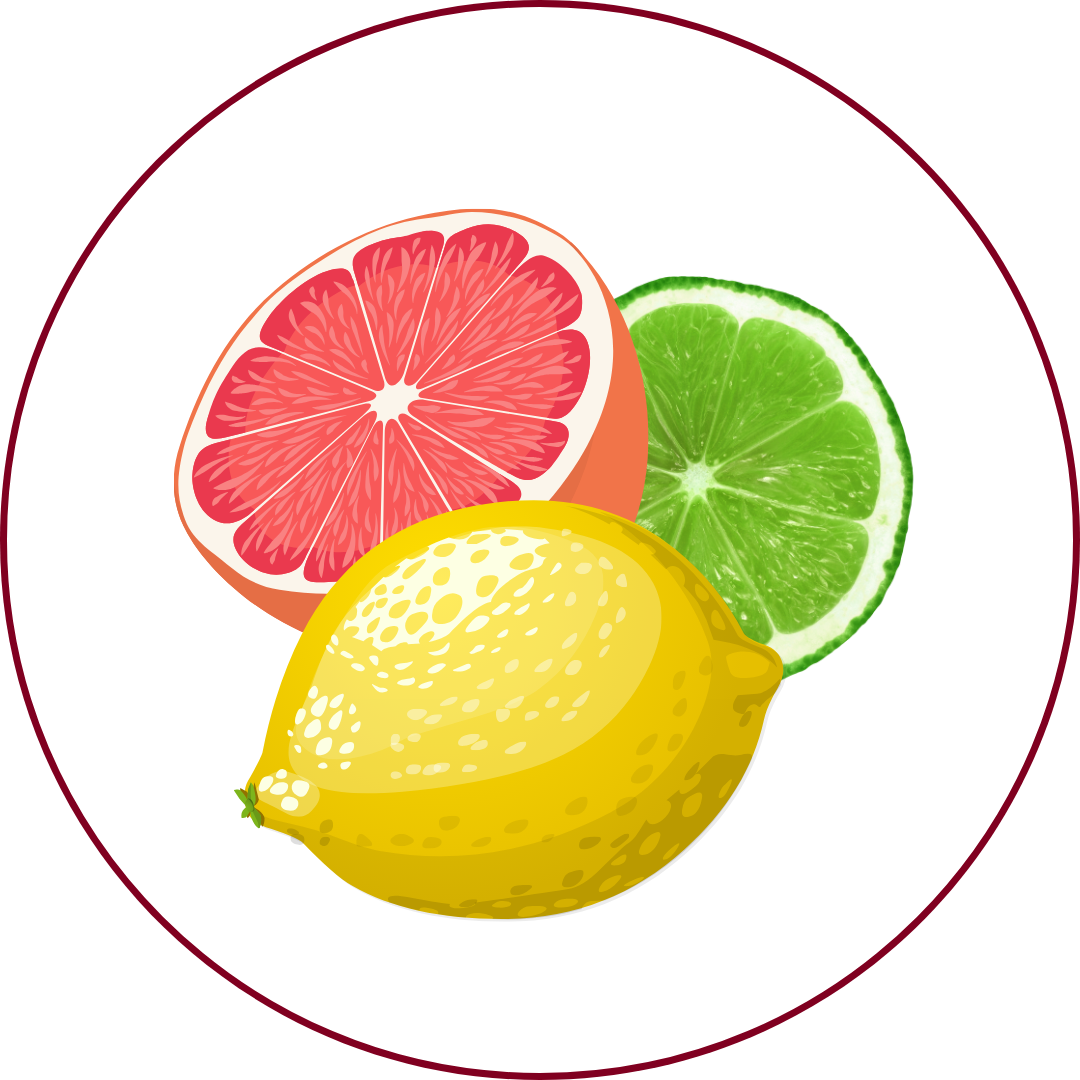
Citrus

Floral
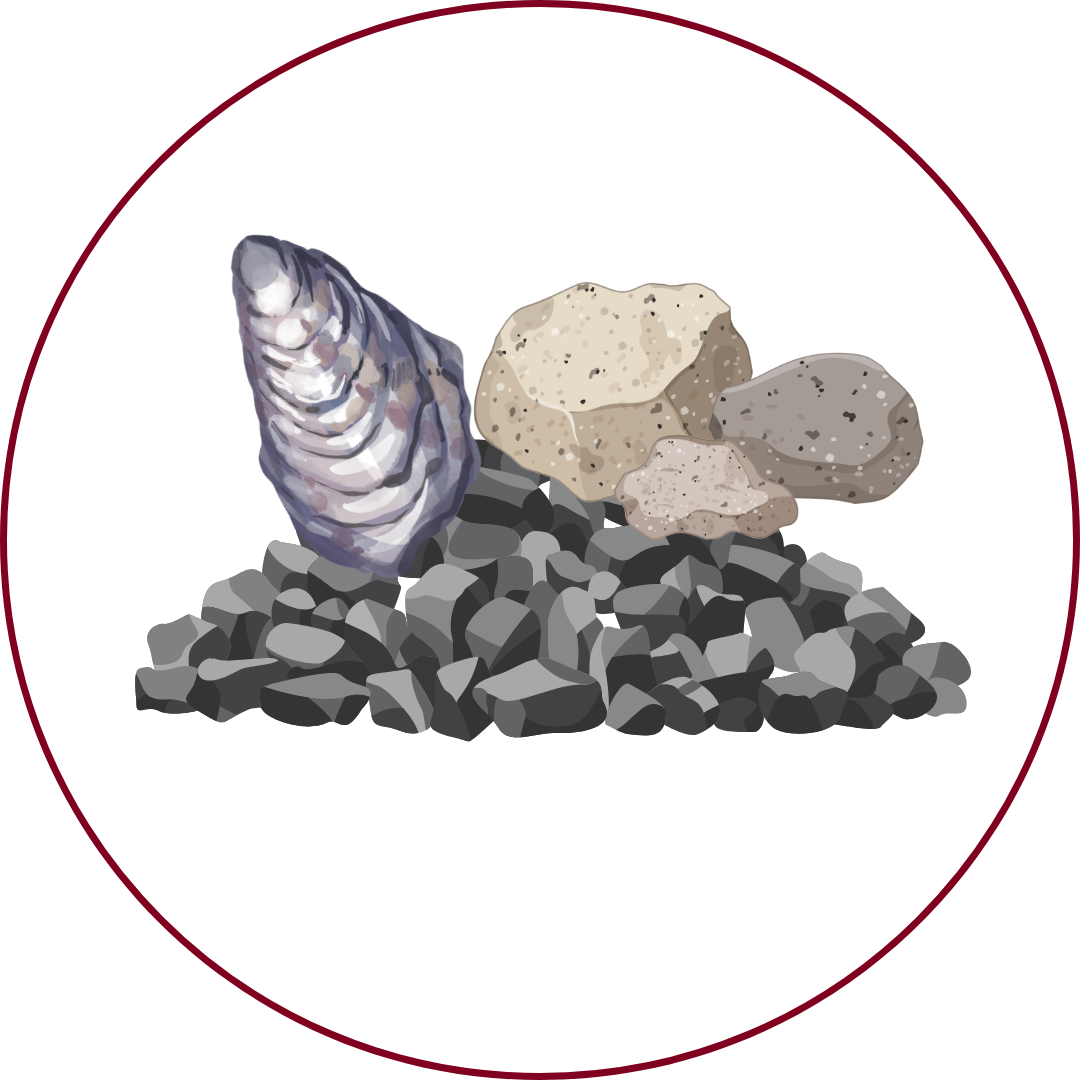
Mineral
Sacy wines are characterized by their delicate aromas of green apple, pear, and citrus, complemented by subtle floral notes of white flowers. On the palate, they are light and crisp, with pronounced acidity and mineral undertones, making them refreshing and easy to drink.
Food Pairing
Sacy's light body and high acidity make it an excellent companion for seafood dishes, particularly oysters and shellfish. It also pairs well with light salads, goat cheese, and dishes featuring asparagus or artichokes. Its crispness complements spicy Asian cuisine, such as green papaya salad (som tum).
Growing Regions

France
Burgundy (Yonne department)Auvergne (Allier department)Loire Valley (Saint-Pourçain)
Notable Wines & Producers
Saint-Pourçain Blanc
Domaine Nebout
Domaine de Bellevue
Crémant de Bourgogne
Maison Louis Picamelot
Veuve Ambal
Sacy FAQ
Common questions about this grape variety
What is the origin of Sacy?
+
Burgundy, France
Is Sacy wine full bodied?
+
Sacy has a body level of 1 out of 5. Which means that Sacy is Light bodied.
Is Sacy wine dry or sweet?
+
Sacy has a dryness level of 1 out of 5. Which means that Sacy is Dry.
Where is Sacy wine from?
+
Burgundy, France
Where is Sacy grown?
+
Sacy is grown in France (Burgundy (Yonne department), Auvergne (Allier department), Loire Valley (Saint-Pourçain)).
What is Sacy like?
+
Sacy wines are characterized by their delicate aromas of green apple, pear, and citrus, complemented by subtle floral notes of white flowers. On the palate, they are light and crisp, with pronounced acidity and mineral undertones, making them refreshing and easy to drink.
What does Sacy pair with?
+
Sacy's light body and high acidity make it an excellent companion for seafood dishes, particularly oysters and shellfish. It also pairs well with light salads, goat cheese, and dishes featuring asparagus or artichokes. Its crispness complements spicy Asian cuisine, such as green papaya salad (som tum).
What does Sacy taste like?
+
Sacy wines are characterized by their delicate aromas of green apple, pear, and citrus, complemented by subtle floral notes of white flowers. On the palate, they are light and crisp, with pronounced acidity and mineral undertones, making them refreshing and easy to drink.
Take Sacy Knowledge with You
Access detailed grape profiles, tasting notes, and pairing suggestions on your iPhone.
Download on theApp Store